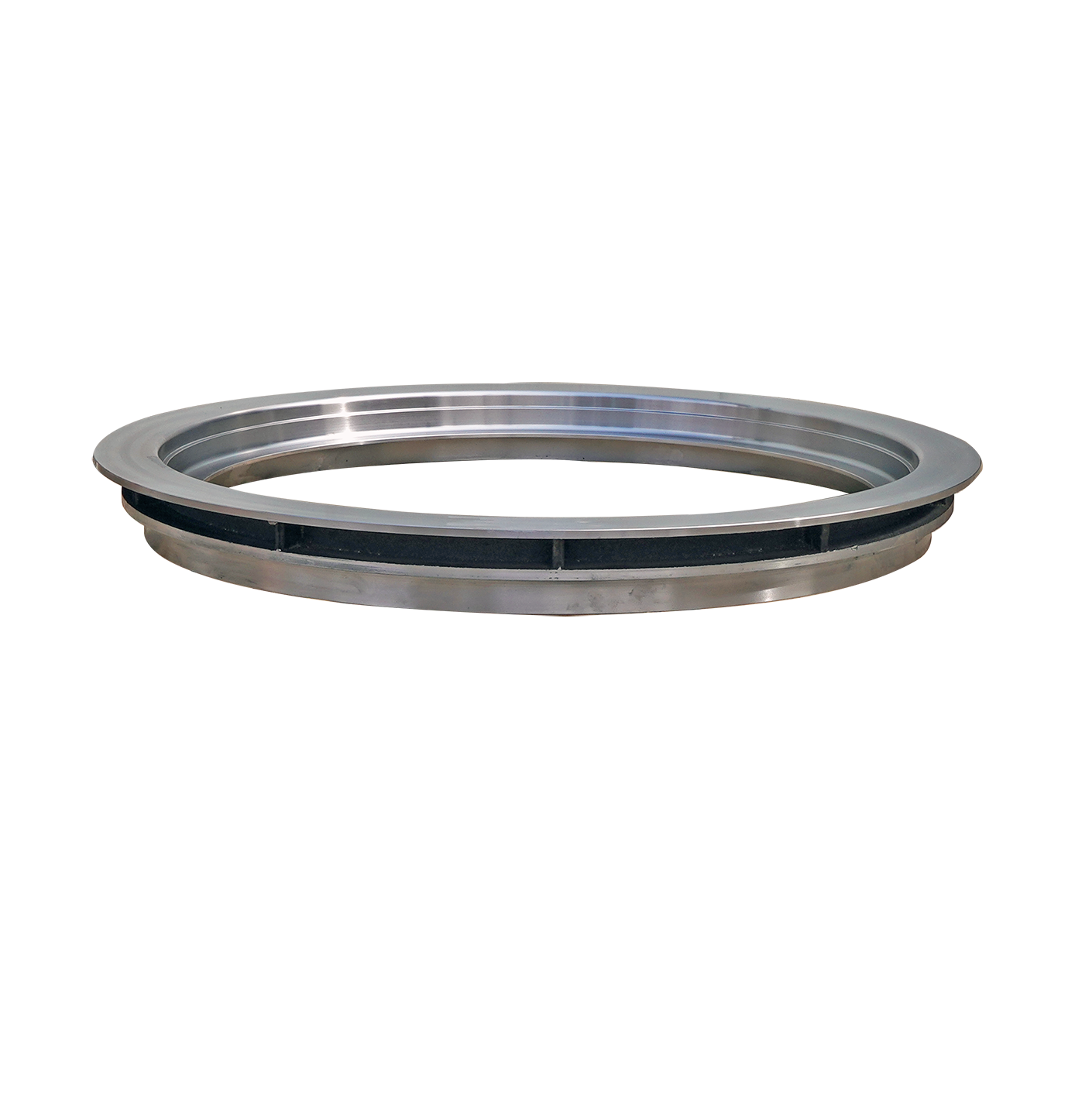Aug . 14, 2024 12:21 Back to list
High-Quality Sodium Silicate Sand Casting Solutions from Leading Manufacturers for Enhanced Metal Casting Applications
Sodium Silicate Sand Casting Revolutionizing the Foundry Industry
In the realm of foundry practices, the demand for efficient and cost-effective casting processes has led to the emergence of various innovative techniques. One such technique that has gained significant traction in recent years is sodium silicate sand casting. This method not only enhances the quality of castings but also addresses environmental concerns associated with traditional sand casting processes.
The Basics of Sodium Silicate Sand Casting
Sodium silicate, commonly referred to as water glass, is a chemical compound that serves as an effective binding agent in sand casting. Unlike conventional resin-bound sands that require additional curing agents and heat treatment, sodium silicate sand systems rely on the reaction between sodium silicate and carbon dioxide (CO2) to solidify the sand mold. This reaction occurs at room temperature, making the process both efficient and energy-saving.
The process starts with the mixing of silica sand and sodium silicate solution. Once the mixture is prepared, it can be shaped into molds or cores for casting. The next phase involves the introduction of CO2 gas, either through direct application or by passing the gas through the mold. This step triggers the hardening process, resulting in a stable and robust mold that can withstand the pouring of molten metal.
Advantages of Sodium Silicate Sand Casting
1. Environmental Benefits One of the most significant advantages of sodium silicate sand casting is its eco-friendliness. Traditional sand casting methods often utilize harmful chemicals and resins that can pose threats to both human health and the environment. Sodium silicate casting minimizes these risks by substituting synthetic binders with a naturally occurring compound, making it a greener alternative.
2. Cost-Effectiveness The elimination of complex curing processes means that sodium silicate sand casting can significantly reduce manufacturing costs. Additionally, the process allows for the recycling of sand, which not only lowers material costs but also addresses the issue of waste management.
sodium slicate sand casting manufacturer

3. High Precision and Quality The binding properties of sodium silicate lead to improved mold strength and dimensional accuracy. Castings produced through this method often display excellent surface finishes and require less post-processing, saving time and labor.
4. Versatility Sodium silicate sand casting is suitable for a wide range of metals, including aluminum, iron, and bronze. This versatility makes it an attractive option for various industries, including automotive, aerospace, and general manufacturing.
Challenges and Future Prospects
Despite its numerous advantages, sodium silicate sand casting is not without challenges. The process requires careful control of the mix and reaction conditions to achieve optimal results. Additionally, the reliance on CO2 presents a challenge, as the availability and cost of carbon dioxide can fluctuate.
However, ongoing research and development are focused on overcoming these obstacles. With advancements in materials science and engineering, it is likely that the technique will become even more refined, leading to broader adoption across the foundry industry.
Conclusion
Sodium silicate sand casting is a forward-thinking method that exemplifies the industry's shift towards sustainability, efficiency, and quality. By replacing traditional casting methods with this innovative approach, manufacturers can not only meet production demands but also contribute positively to environmental conservation. As technology continues to advance, the future of sodium silicate sand casting looks promising, and its role in the foundry sector is poised to grow, shaping the next generation of casting solutions.
-
Durable Centrifugally Cast Iron Water Main Pipe
NewsAug.11,2025
-
Centrifugally Cast Iron Water Main Pipes for Reliability
NewsAug.10,2025
-
High-Quality Centrifugally Cast Iron Water Main Pipes
NewsAug.09,2025
-
Durable Cast Iron Water Main Pipe & Drainage Solutions
NewsAug.08,2025
-
Buy Cast Iron Pipe: Premium Ductile Iron & Drain Solutions
NewsAug.07,2025
-
Durable Cast Iron Water Main Pipe | Buy Ductile Pipe
NewsAug.06,2025


